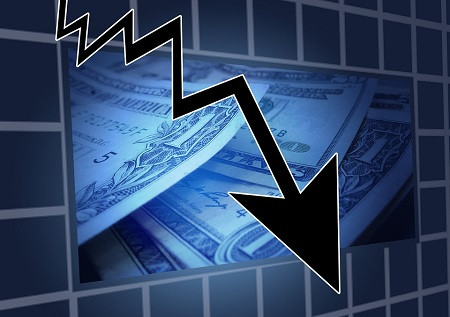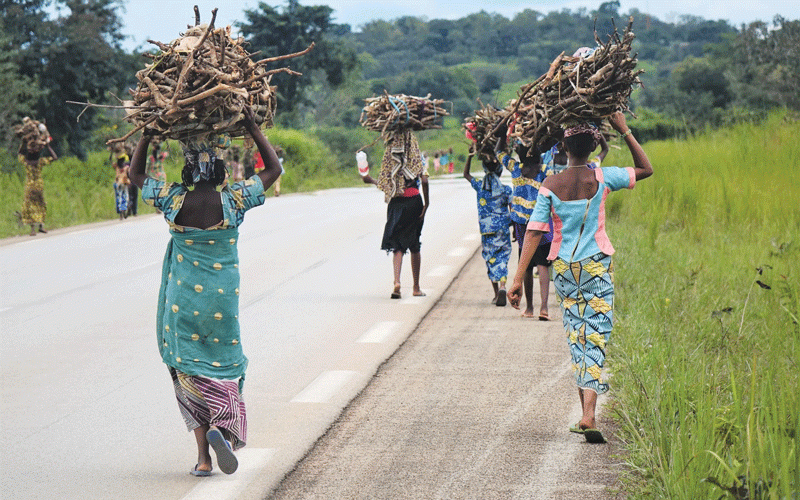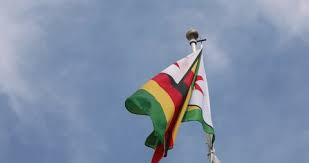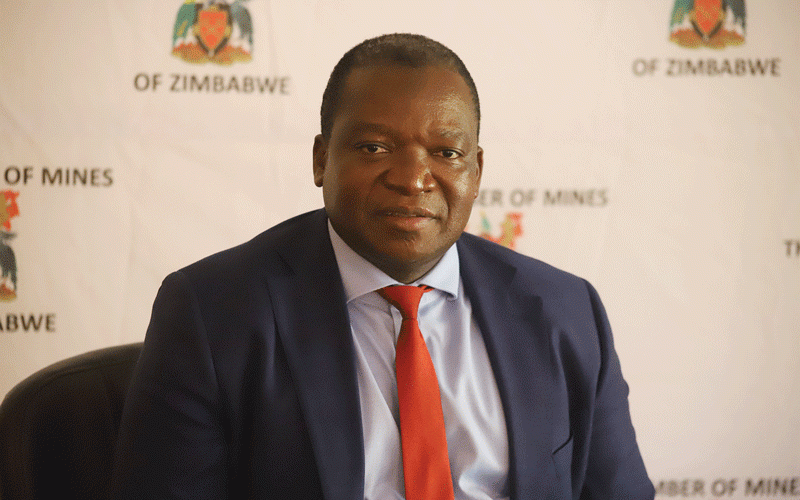
In the aftermath of a brutal 16-year war that ended with Zimbabwe's liberation in 1980, wartime leader Robert Mugabe turned his sword inward.
From 1981 to 1987, his terrifying crackdown in the southern regions of Matabeleland and the Midlands led to the killing of an estimated 20 000 civilians. A specialised brigade, trained not to protect but to kill, unleashed the horror that Mugabe never acknowledged, never apologised for — not even in death — besides calling it "a moment of madness".
That silence was a sign of what was to come.
Years of misgovernance followed — marked by intimidation, suppression, and rampant looting of public resources. It all came to a head in 1997, on what would become known as Black Friday. The Zimbabwe dollar plummeted by 75% in a single day after a series of reckless economic decisions, triggering a market rebellion that Mugabe and his regime simply could not contain.
The beauty — and the curse — of markets is that you cannot silence them with bullets. You cannot detain, kill, or intimidate them into obedience. They expose failure mercilessly.
Donald Trump — love him or hate him — grasped that just weeks ago when he quickly somersaulted on tariffs after markets began to crumble. Mugabe never did.
Instead, he turned his fury on a new scapegoat — white commercial farmers. The chaotic and violent land invasions from 2000 bled the country further, adding a US$3,5 billion compensation bill to the national burden. That deal, agreed only in 2020 under a new administration, still haunts Zimbabwe’s fragile economy.
And it was not the only debt we racked up. Today, Zimbabwe owes the world a staggering US$21 billion — over 50% of its US$35 billion gross domestic product (GDP). Mugabe’s regime had grown so arrogant, it believed it could stop paying and walk away. But the world does not forget.
- Is military's involvement in politics compatible with democracy?
- Feature: Is Auxillia following in 'Gucci' Grace's path?
- Mnangagwa govt harasses opposition with arrests, jail
- Displaced white farmers suffer major setback
Keep Reading
Debt demands an answer.
The violence continued. After the people nearly voted Mugabe out in 2008, the regime launched a brutal campaign to root out opposition supporters. More blood was spilled. A decade later, in August 2018, the cycle repeated itself — this time under a different President, but with the same iron fist.
Today, we face a different kind of war — one of deception and propaganda. We are told the economy is booming, that everything is well. But we have no food on the table.
Toxic water flows from our taps. Our hospitals are broken. Schools — once a jewel of the early independence years — have no books, and frustrated teachers earn peanuts. Factories are collapsing. And the much-hyped ZiG currency, introduced with gold and mineral buffers, has quietly disappeared from circulation.
They pulled it back because it cannot survive the market’s judgment. It sits in the vaults of the Reserve Bank while the economy grinds to a halt.
We are back in 2008 — when hyperinflation of 500 billion percent wiped out the Zimbabwe dollar and GDP plunged by half to US$4,5 billion. Still, midway through an Independence Day speech on Friday, President Emmerson Mnangagwa was optimistic.
“The policies of the Second Republic are bearing fruit... a 5,6% growth is expected this year.”
GDP, my foot.
What does “growth” mean when citizens cannot afford a basic meal? What good is a current account surplus when it simply reflects that government taxed more than it spent on its own people? GDP is a convenient blanket — one that conceals more than it reveals.
If this regime wanted to be honest, it would focus on GDP per capita — a true reflection of how policies affect individuals. That figure hovers around US$2 000 in Zimbabwe.
Compare that to US$28 000 in Seychelles, US$11 000 in Mauritius, over US$7 500 in Botswana, and about US$6 500 in South Africa. This is the real scoreboard — not fancy budget surpluses used to impress International Monetary Fund officials or mislead voters.
Perhaps the most striking irony came not from a policy pronouncement, but from a muddy road.
As crowds made their way to Independence Day celebrations in Nembudziya, dozens of vehicles got stuck — victims of a neglected highway in one of the country's key cotton-producing regions. A road symbolic of national decay. And still, the villagers were told the country is on the rise. Forty-five years after independence, is this what we fought for?











